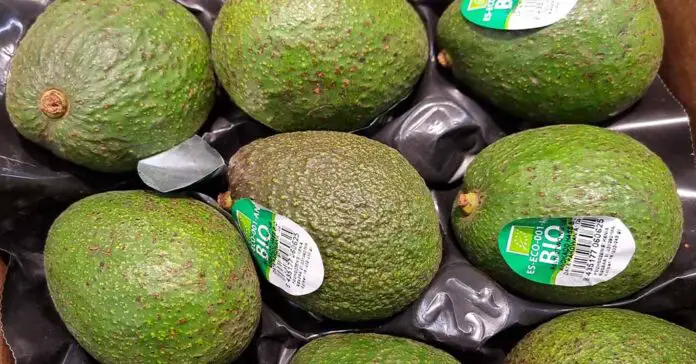Avocados – one of the best healthy treats and additions to many simple and fancy meals and quick snacks. But why are they so expensive? Believe it or not, but it’s the same not only across the States, but also in most other parts of the world. Let’s take a closer look on the Avocado superfood tradeoff and see why the avocado prices can vary greatly not only in times of economical crisis. Read on!
This web portal is supported by its readers, and is a part of the Amazon Services LLC Associates Program and the eBay Partner Network. When you buy using links on our site, we may earn an affiliate commission!
Check out also: How To Store Avocados Longer – Few Simple Ways
Here are the most important reasons on why Avocados are in general more expensive than other popular fruit.
1. Avocados need a lot of water to grow
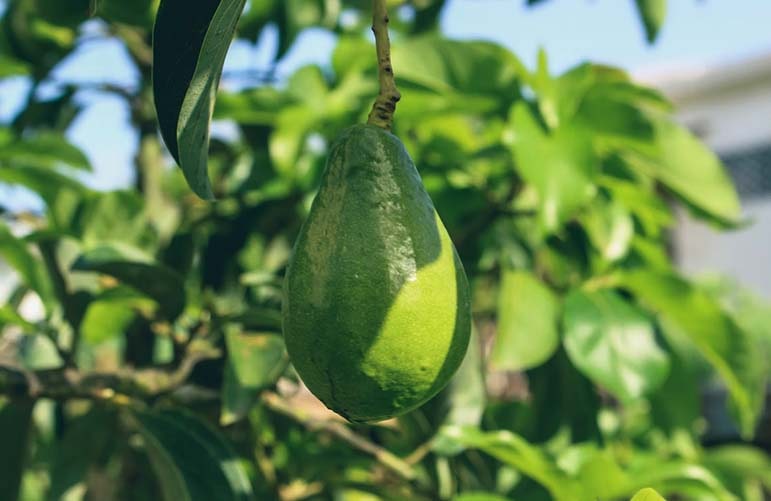
In general, one week of growing an avocado tree can take up to 450 gallons of water (around 1,700 liters). To list some examples, in California, around 75 gallons of water are needed for 1 pound of avocados (around 280 liters per 0.5 kg), while in Indonesia or Kenya, the average is just around 25 gallons of water per 1 pound of avocado fruit (around 100 liters per 0.5 kg)*.
*If you want to learn way more about avocado production and commercial avocado orchards, check out the much insightful book by Jeff Miller which we’ve sourced this information from: Avocado: A Global History
Remember that the water requirements for avocado fruit largely depend on the region, seasonal changes and the local plantation conditions and infrastructure, so the numbers do vary from one orchard to another.
For a quick comparison, to grow 1 pound of oranges, you would on avarage need only around 12 gallons of water (around 45 liters per 0.5 kg).
These requirements quickly add up to avocado production costs, especially when drought and local water shortages in the plantation regions come into play. This in turn can result in higher avocado prices when these conditions are met and the avocado supply meets a seasonal market shortage.
2. Biennial bearing – seasonal harvest changes
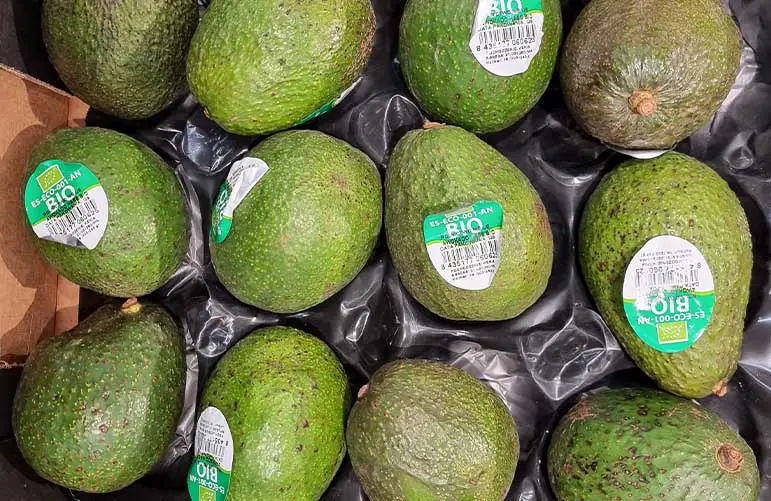
A common problem in commercial avocado orchards is the natural irregularity of the avocado yield. One year can bring a large batch of avocado fruit, even larger than the momentary commercial demand, while the following year can be much less fruitful, sometimes not allowing the orchard owners to meet said demands.
This of course can vary between different avocado cultivars, but is nevertheless a common thing.
This phenomenon is called biennial bearing and its essence is large variability in year to year fruit yields. If you’re curious, you can read more about this here, over on Wikipedia.
When there is an avocado “shortage” in the supply chain, the momentary seasonal prices will go up in your local stores. When the season changes and there are more avocados available, the price will most often fall back down again ever so slightly.
Keep in mind that various other types of shortages and supply chain complications might affect the global or local price of avocados. There are lots of factors at play here, such as for example different kinds of troubles with transport routes.
Is SodaStream Really Worth It? – A Closer Look
3. Avocado as a “premium” fruit
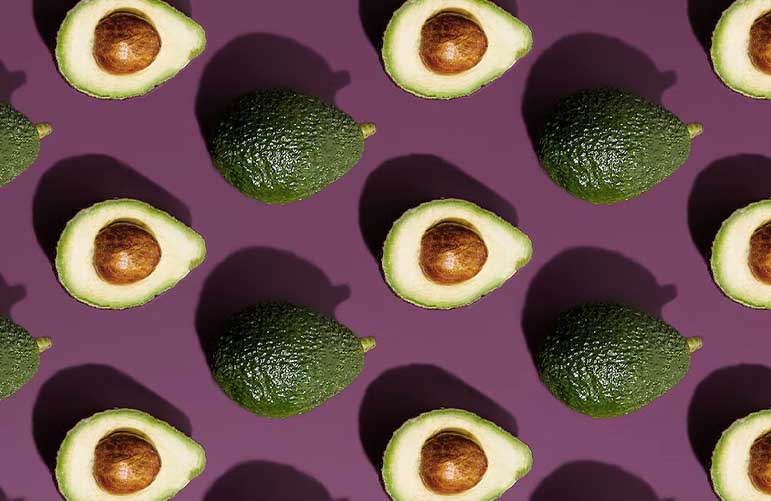
Since the early 1900’s avocados were started to slowly but surely gain popularity. Since then, it has become kind of a glorified superfood symbol, known by every foodie and food passionate out there.
Nowadays, almost every “food hack”, or “5-min snack” short or long form video online features the avocado fruit in some shape or form. It’s widely used on toast, in guac alongside nachos or garlic bread, eaten solo with tomato paste and salt and so on.
Air Fried Roasted Bell Peppers Recipe – Quick & Easy (Video!)
The focus of popular culture around the avocado as a superfood and a premium quality addition to many quick meals and snacks has been adding up to the growing popularity of avocado over the last years, growing demand for it, and what comes with this – a growing price of the fruit.
If you want to know more about avocado as a superfood, be sure to check out this article over on healthline, it’s a quick read that’s really worth it: 7 Potential Health Benefits of Avocado
4. Varying weather conditions and the supply chain
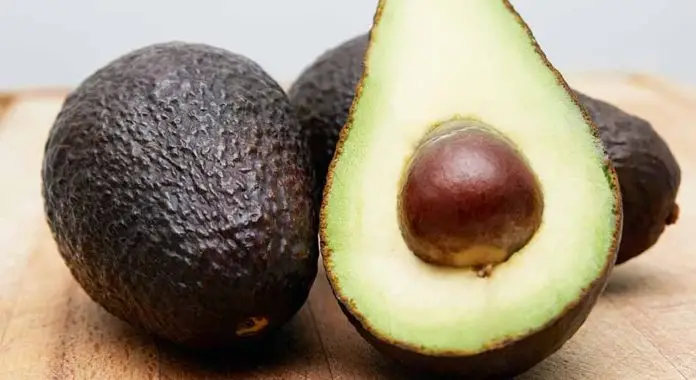
As we’ve already mentioned, avocado fruit yield and final harvest is easily affected by insufficient supply of water or harsh environmental conditions. When a few large-scale avocado plantations face some issues preventing them from meeting their avocado production quota, it can easily contribute to rising avocado prices in the affected supply region.
To add to all this, it can take even a few years for the avocado tree to bear fruit after it’s planted. If an avocado tree dies, dries out, or is otherwise destroyed, it can take a lot of time for another tree to take its place.
Keep in mind that there are many things that can go wrong when it comes to large scale fruit farms when the nature doesn’t cooperate. All these things most of the time affect a whole plantation rather than its part of single trees. A good example of that is seasonal drought in the region where the plantation is located.
5. Because they are still quite popular despite the high price

With all these thoughts in mind, the global demand for avocados is still very high. Various avocado meals and snacks trending on social media are one of the many proofs for the rising popularity of using avocados in everyday snacks and modern cuisine.
If you want to know more, be sure to check out this insightful video by Business Insider, it includes the rather interesting history of the avocado fruit and a lot of insight in the actual avocado production process: Why Avocados Are So Expensive – BusinessInsider.
Remember that nowadays, the higher price of avocados also has to do with the progressing global inflation. This is yet another factor contributing to the high prices of avocado fruit in your local supermarket.
Check out also: Is a Panini Press Worth It? (An Honest Opinion)


